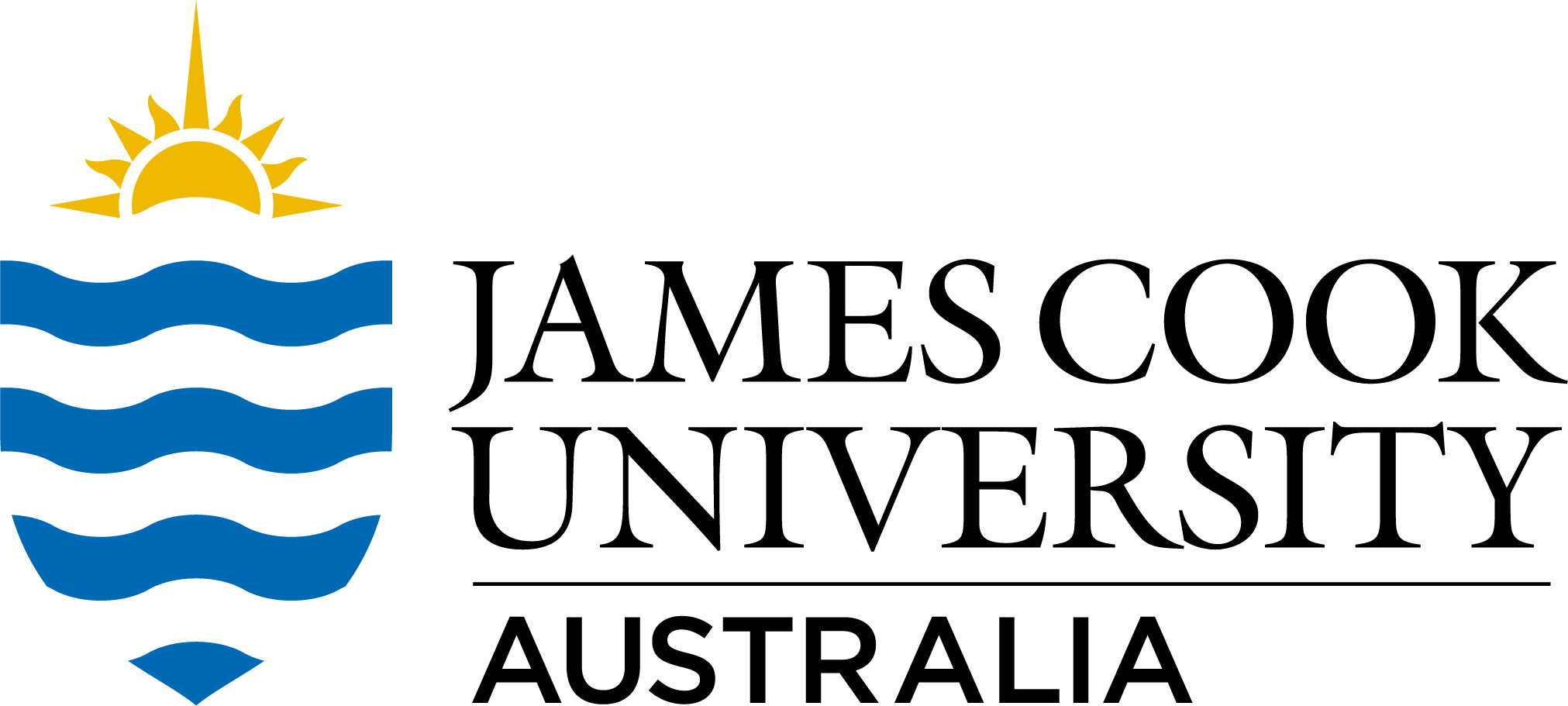Full description
Background [Extract from Related publication]: Around the world, people’s capacity to adapt to increasingly severe impacts from climate change is being tested. Over the last decade, scientists have made great progress in understanding adaptive capacity, its determinants, and its association with vulnerability. However, most of the research on adaptive capacity to date has been static, not considering how adaptive capacity might change over time, particularly in the aftermath of a severe disturbance. We studied the adaptive capacity dynamics of Asian-Pacific reef tourism operators affected by coral bleaching and tropical cyclones compared to a control group with non-affected operators.
Brief methods [Extract]: We conducted 213 surveys with representatives (e.g., owners or managers) of reef tourism companies (operators) across the Asia-Pacific to obtain information about their adaptive capacity before and after a severe climate disturbance. A third (32%) of the total sample consisted of operators in Indonesia,followed by 27% from Australia, 11% from Japan, 8% each from Fiji and the Mariana Islands, and 7% each from the Hawaiian Islands and French Polynesia. Our sample includes a less-affected control group to explore whether increasingly severe climate change impacts led to significant changes in people’s adaptive capacity.
The sampling strategy and sample details have been described in the Experimental Procedures and in detail in Document S1, and are available from the open access Related publication linked below.
This dataset consists of:
- Raw dataset and results of chi-square analyses to test for association between different sets of samples
- 7 anonymized lists with reef tourism operators (population) by location (zip file)
- Raw data (2 files i.e. tropical cyclone and coral bleaching subsamples) used to produce Figure 2: Cross-correlations between changes in adaptive capacity (Related publication)
Data files are saved in both MS Excel (.xlsx) and OpenDocument (.ods) formats.
These files are open access and can be downloaded from the links provided.
Software/equipment used to create/collect the data: https://www.kobotoolbox.org/
Software/equipment used to manipulate/analyse the data: Excel and R programming language
Created: 2024-02-28
User Contributed Tags
Login to tag this record with meaningful keywords to make it easier to discover
- DOI : 10.25903/5137-8X29

- Local : researchdata.jcu.edu.au//published/5b65ce501c6411eea145e11348c8ce46


